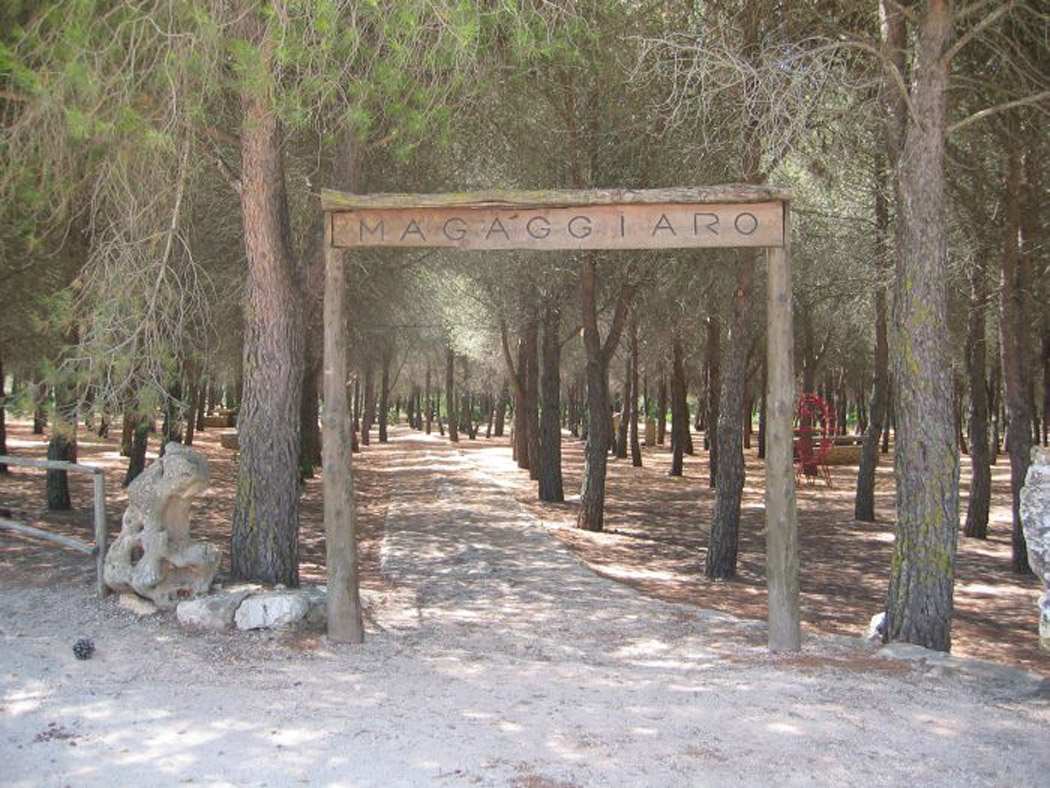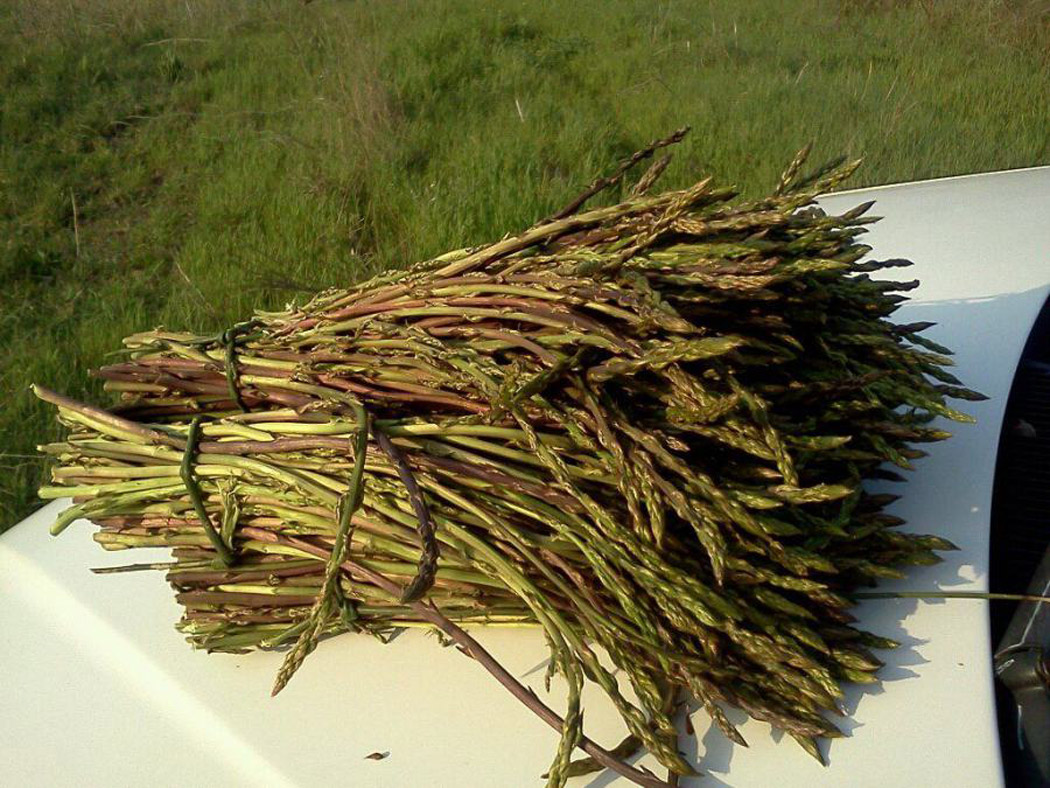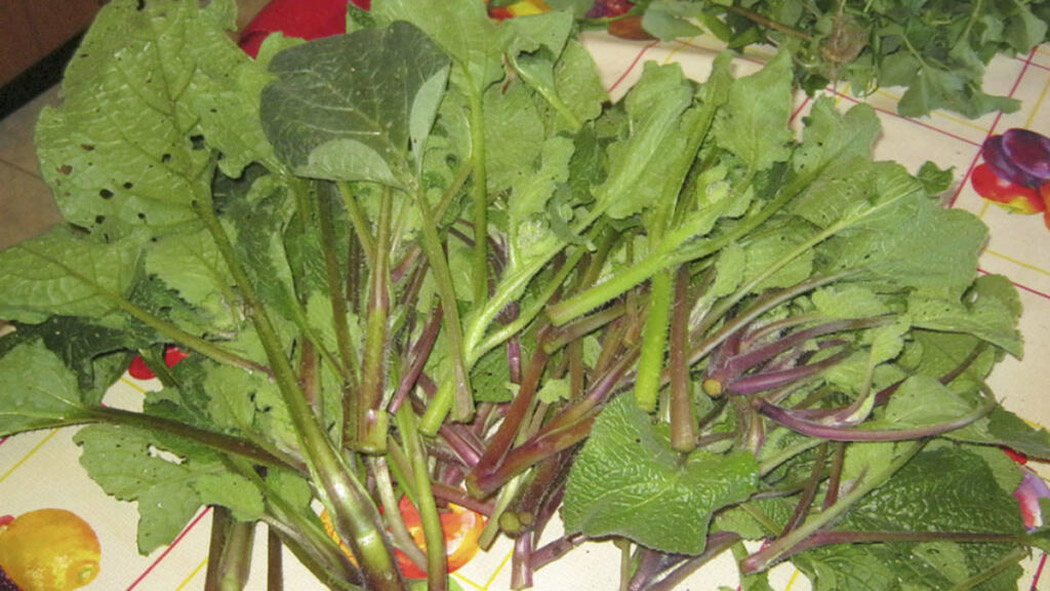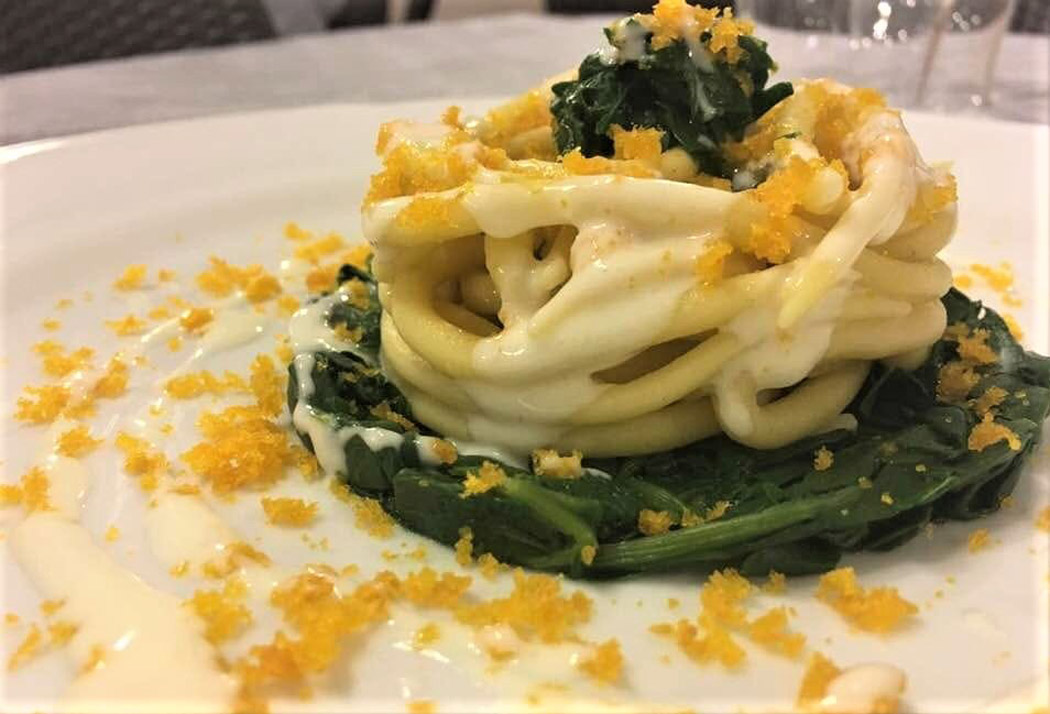I was born in a town by the sea, water and sun are my vital elements and yet I love mountains and woods very much.
In the 1970s, in the Magaggiaro locality, a few kilometres from Montevago, on a large expanse of uncultivated land, the forestry company began planting pines, eucalyptus and cypresses to create a forest. To these joined spontaneously holm oaks and ogliastri.
The young undergrowth, day after day, was populated by dwarf palms with fan leaves, fennel fennel (a plant linked to Greek mythology) and various bushes.
In the years to come I have seen all those plants transformed into majestic giant trees with their arms outstretched to the sky and wild hares and rabbits and thrushes, buzzards, woodcocks and larks populate the forest. I also met some red foxes and, only once, a wild boar with two cubs.
The Magaggiaro wood is a place very dear to me, where I go to seek serenity and my walks as well as being relaxing are always fruitful.
One of my passions is to collect wild herbs. Capers, fennel, asparagus, chicory, giritelli and borage are seasonally the harvest of a patient search in the woods.
On a warm morning in late December, during my last walk, I had collected a good quantity of asparagus and other wild vegetables and was returning when I found myself next to a large plateau covered with thousands of colourful flowers.


The tinkling of some cowbells caught my attention and I saw a flock of sheep and goats grazing a few metres from me. A little poetically I thought of a beautiful vessel of warm ricotta and a fantastic piece of Vastedda, the only Italian ‘stretched’ curd sheep's milk cheese full with raw sheep's milk.
I reluctantly left that place with its perfect rural idyll and headed to one of the dairies in the area where I bought ricotta and Vastedda to go with lunch of asparagus, but nothing came to mind.
After a while I thought of my friend the cook Francesco, he surely would have been able to cook something with Vastedda and vegetables. I joined him in his restaurant:
- ‘Francesco I collected asparagus and other vegetables and I wanted to prepare a dish by adding the Vastedda, but nothing came to mind. Can you try it?’
- ‘Sure. I'll do something.’
We immediately got to work. My job was to peel and clean the vegetables. I followed with my eyes the skilled hands of Francesco who worked quickly, the smart man knew what to do, and I watched in silence.
First rule: when a cook creates, the others watch and are silent. My friend was starting the dish and I widened my eyes: the vegetables I had collected in the woods and the Vastedda del Belice had been transformed into such an inviting dish that I couldn't wait to eat.
- ‘Thanks chef Mauceri. It's beautiful!’
- ‘Let's eat it now, so we can judge.’
- ‘Francesco, what will you call this dish?’
- ‘Belice in the Heart.’

Recipe
- Vastedda DOP cheese from Belice
- 2 eggs
- Breadcrumbs
- Seasonal vegetables
- extra virgin olive oil
- a clove of garlic
- chili pepper
- salt
- pepper ‘spikes’
- Nocellara olive powder
In a saucepan in a bain marie, melt the small pieces of Vastedda D.O.P. Del Belice at a temperature of 60 °. Then transfer the cheese into a concave container and make a hole in the centre, where an egg yolk will be gently placed.
At this point, close the flaps and form a sphere and place it in the fridge at a temperature of 4° for no less than 2 hours. After, bread the sphere is with beaten egg and breadcrumbs.
Peel and clean the seasonal vegetables and blanch them for a few minutes in lightly salted water, then transfer them to ice water for quick cooling. This process is used to maintain a bright green colour.
Once the vegetables have been drained well, sauté them with a drizzle of extra virgin olive oil, a clove of garlic, some chilli and a pinch of salt. Start composing the dish with a ring of vegetables in the centre.
In the meantime, fry the ball of cheese at 175° for no more than a minute and after having dried it well, place it on the vegetable ring.
Complete the dish with a Vastedda cheese mousse, pepper spikes and baked nocellara olive powder.
If desired, edible flowers can be added.









Follow us